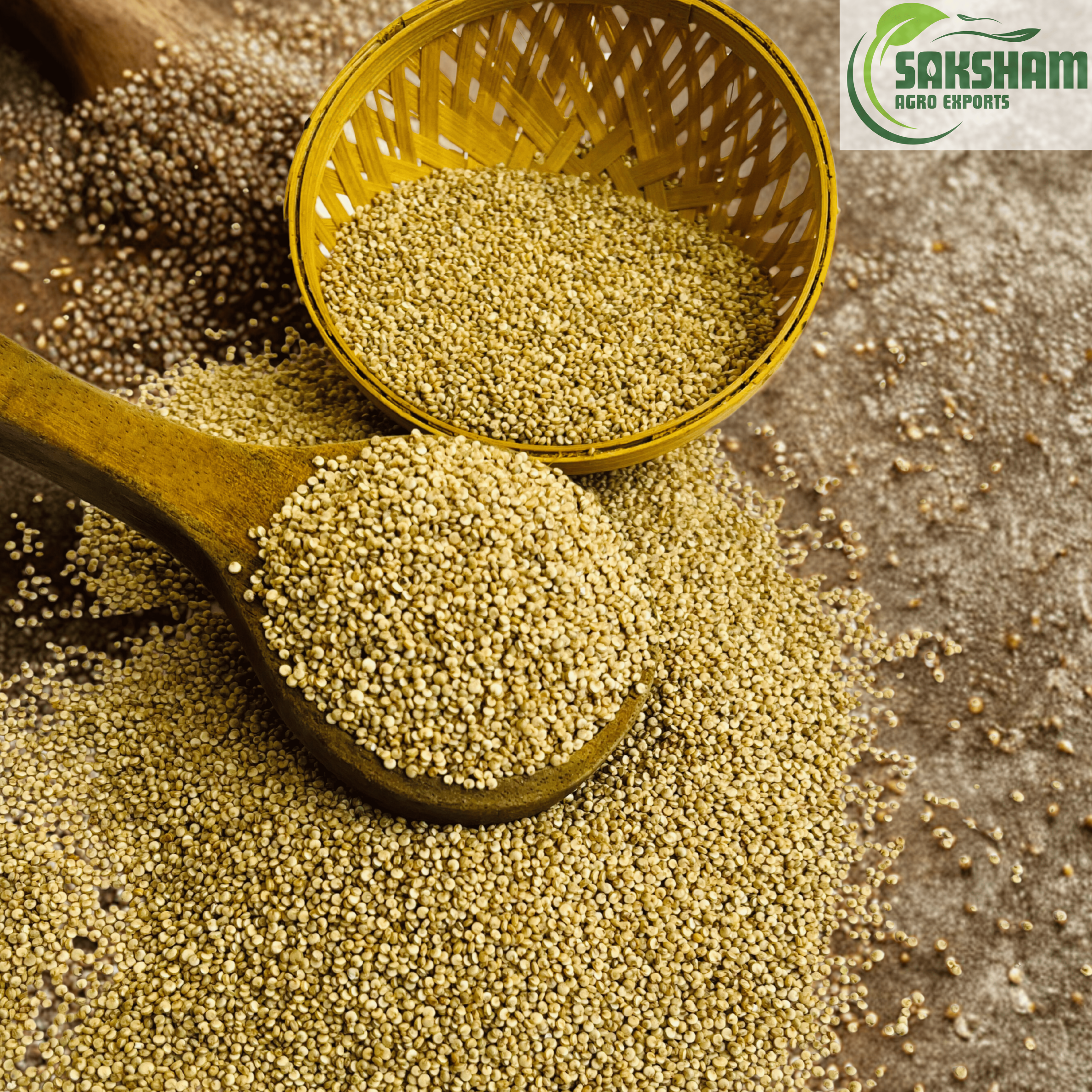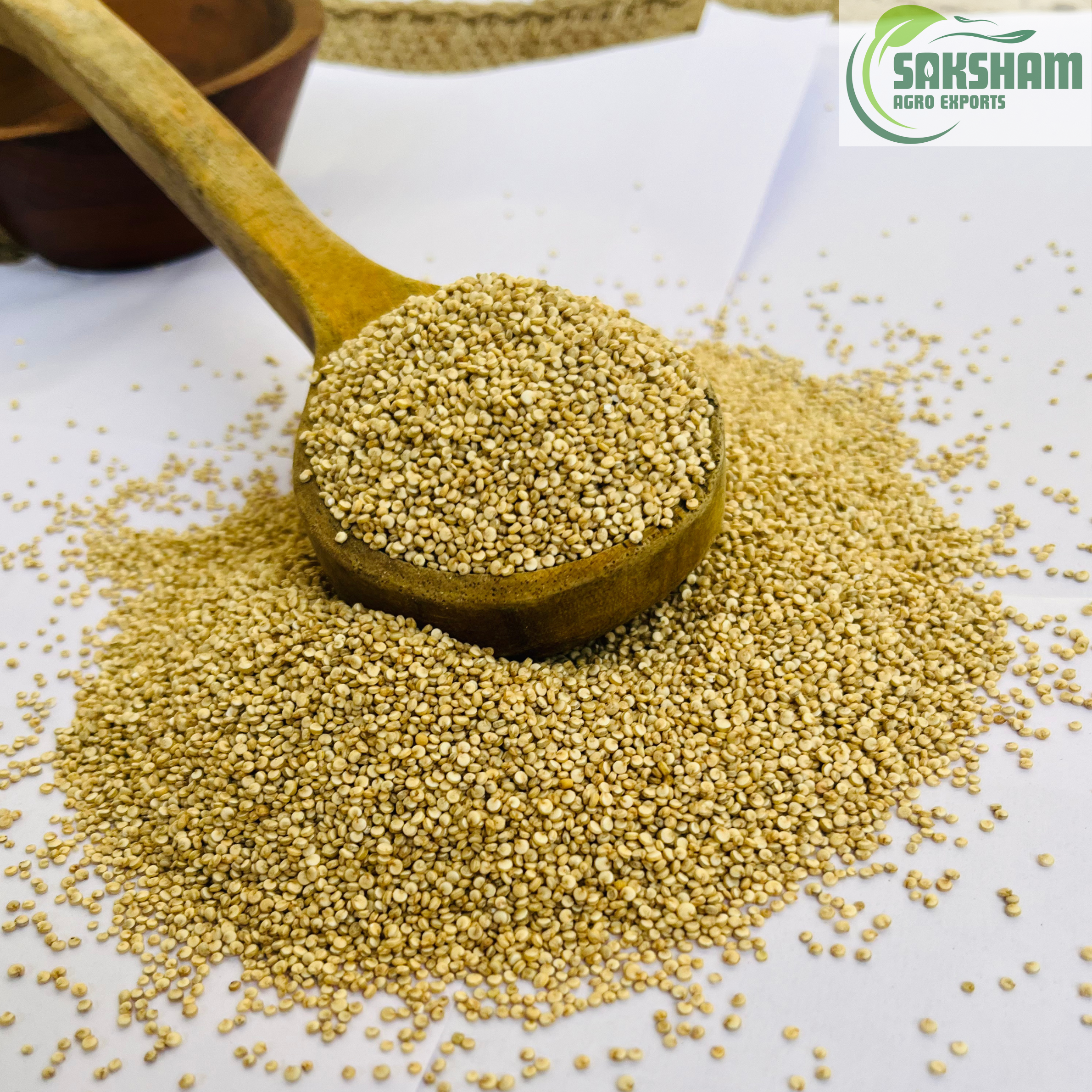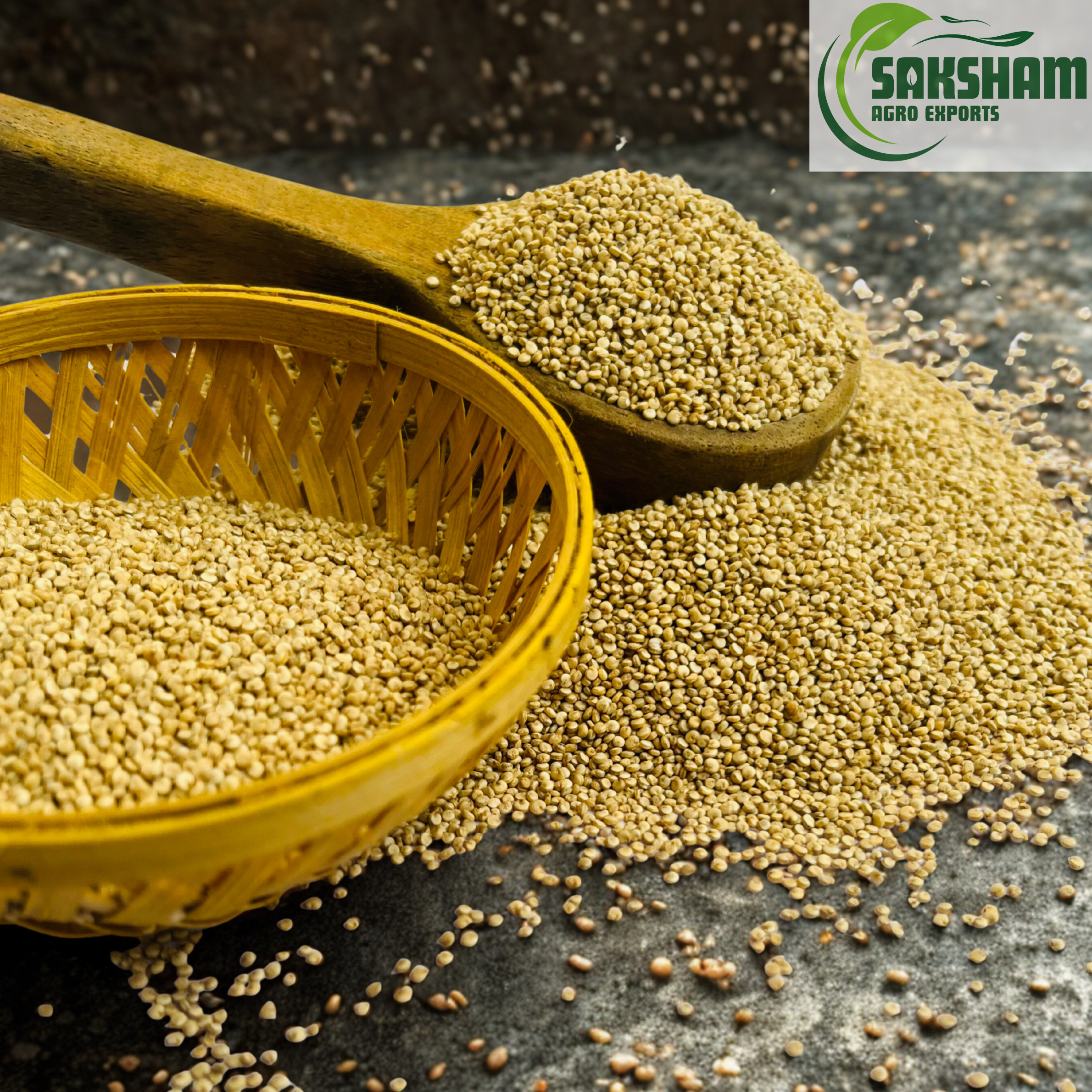Quinoa (Chenopodium quinoa Willd.)



Scientific Name
- Chenopodium quinoa Willd
Common Names
- English: Quinoa
- Hindi: Kinwa, Bathua (though Bathua is a related plant, not the true quinoa)
- Other Names: Inca Gold, Mother Grain, Super Grain of the Future
Description
Quinoa, scientifically known as Chenopodium quinoa, is a flowering plant native to the Andean region of South America and now cultivated globally as a nutritious pseudo-cereal. Its edible seeds are small, round, and available in colors like white, red, and black, with a mild nutty flavor. Quinoa is valued as a superfood rich in protein, fiber, and essential amino acids, making it a staple in healthy diets and gluten-free cooking.
Health Benefits
Quinoa is often called a super grain due to its nutritional richness:
- Complete Protein Source – contains all 9 essential amino acids (rare in plant foods).
- High in Fiber – supports digestion, prevents constipation, aids weight management.
- Gluten-Free – suitable for people with gluten intolerance or celiac disease.
- Rich in Minerals – especially iron, magnesium, phosphorus, manganese, and zinc.
- Supports Heart Health – lowers cholesterol and regulates blood pressure
Usage
- Culinary Uses
- Cooked like rice (1 part quinoa : 2 parts water).
- Used in salads, soups, pilafs, and porridges.
- Ground into flour for gluten-free baking (bread, muffins, pasta).
- Used in breakfast bowls with fruits, nuts, and milk/plant milk.
- Popped quinoa used in snacks and energy bars.
- Medicinal/Health Uses
- Recommended in weight-loss diets and diabetic diets.
- Consumed as a nutritious substitute for rice or wheat.
- Traditional Uses
- Known as the “Mother Grain” by the Incas, it was considered sacred and used in rituals and festivals.
- Traditionally consumed as porridge, soups, or fermented beverages in the Andes.